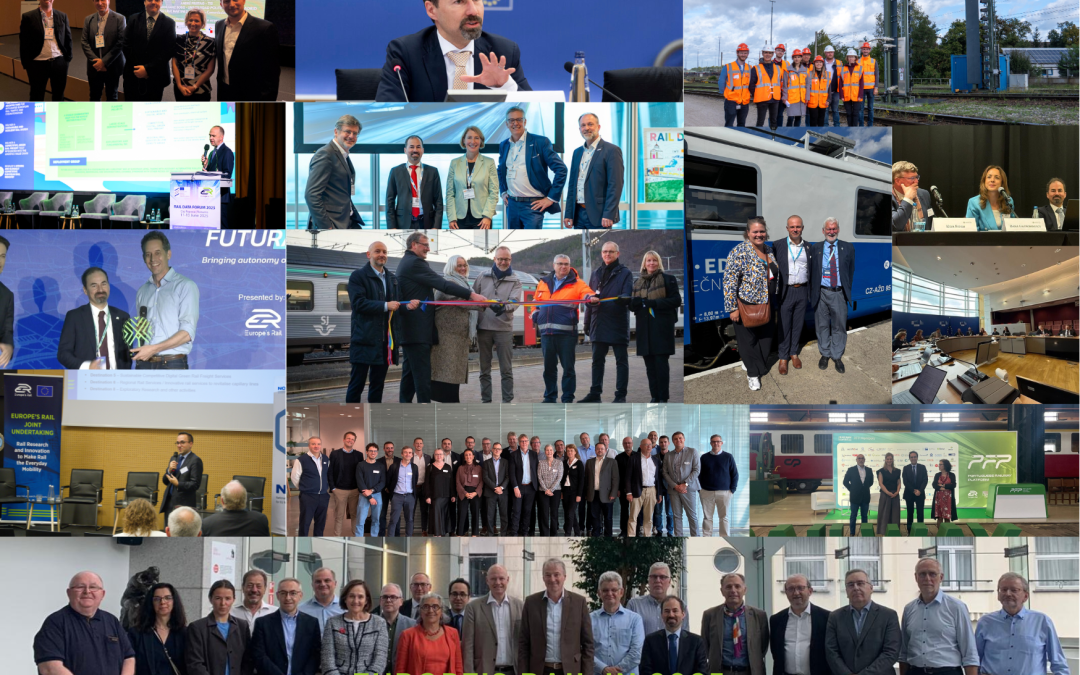2025 saw Europe’s Rail (EU-Rail) make significant progress across multiple initiatives, fostering partnerships and...

Europe’s Rail Joint Undertaking is calling for a bold, coordinated investment strategy to simplify and modernise rail systems across the EU. This public-private partnership model – outlined in our High-Level Paper – proposes an €18 billion investment from 2028 to 2034 to strengthen European competitiveness, deliver greener transport, and drive technological sovereignty.


The technological breakthroughs developed in EU-Rail significantly enhance safety, operational efficiency and reliability of the rail system, while contributing also to cost reduction contributing to overall sustainable and green mobility. Their market application allows the European rail industry, one of the few remaining able to compete worldwide as an example of excellence, to be competitive contributing to European jobs and economy.
EU-RAIL’s High-Level paper Annexes outline the key strategic areas of R&I and pre-deployment needed to simplify the rail system, boost performance, and strengthen Europe’s agility, resilience, and global competitiveness. It reflects an enlarged partnership perspective, looking across the full portfolio of actors and capabilities needed to deliver meaningful and lasting change.
These areas are grouped into four flagship initiatives, complemented by wider policy actions beyond R&I to fully achieve the vision.
Building a modern, harmonised rail system through automation, standardisation, and cutting-edge digital technologies. ESIRS focuses on next-generation CCS, traffic management, digital infrastructure information, operational communications, and unified data systems – creating scalable, upgradeable, cyber-secure, and cost-effective operations across Europe. It also incorporates the urban ecosystem, enabling structural synergies and a more integrated system-wide approach.
Transforming European rail freight to make it more competitive, efficient, and attractive. This initiative accelerates digital automation, intelligent capacity management, and digital coupling technologies, supporting a greener, more flexible, and more resilient logistics ecosystem. Through pre-deployment actions with ports and full integration of the wider logistics chain, this initiative embraces the entire logistics system: helping pave the way toward a truly net-zero logistics network in Europe
Ensuring reliable, secure operations in the face of climate pressures, cybersecurity threats, and geopolitical challenges. Re²Rail embeds resilience into the railway’s core architecture (from automation and digital control to infrastructure and rolling-stock design) while enabling seamless civilian – military interoperability when needed. It also incorporates dual-use solutions, integrating the necessary protection requirements and relevant defence actors to ensure that Europe’s critical rail assets remain secure, resilient, and recoverable.
Driving the next generation of high-speed rail through harmonised European corridors. These pre-deployment corridors will test new rolling stock, ETCS L2-only operations, predictive maintenance, and advanced traffic management—ensuring safe, efficient, and fully interoperable high-speed services across borders.
